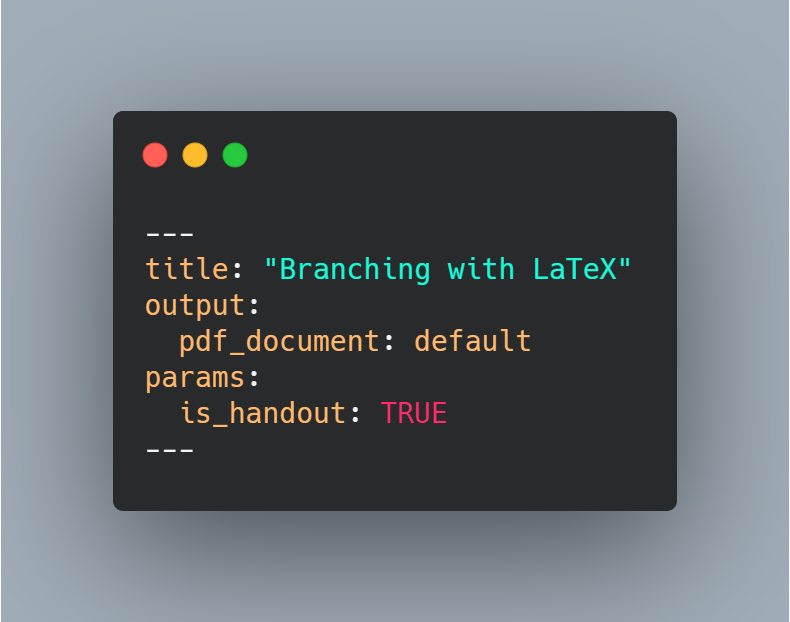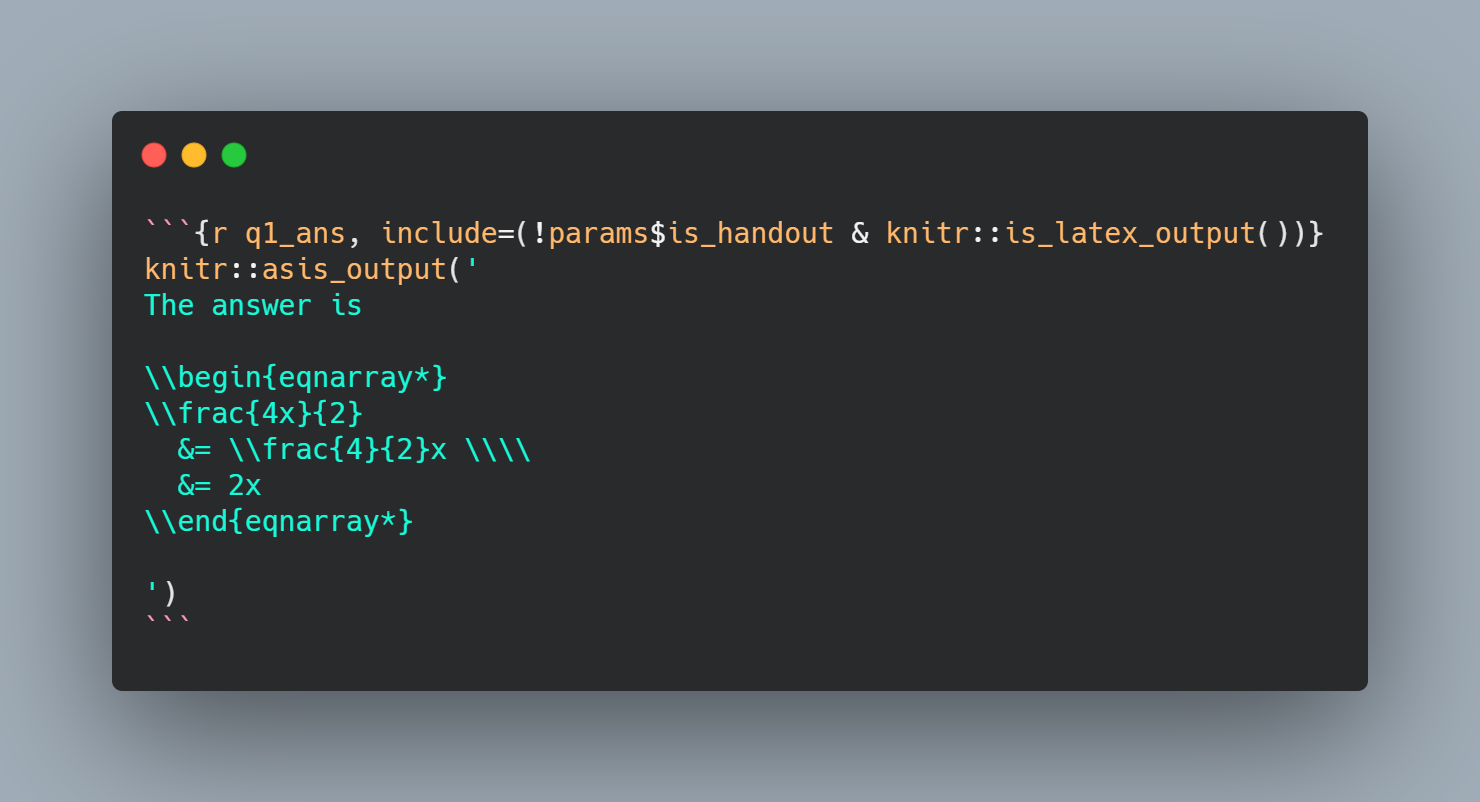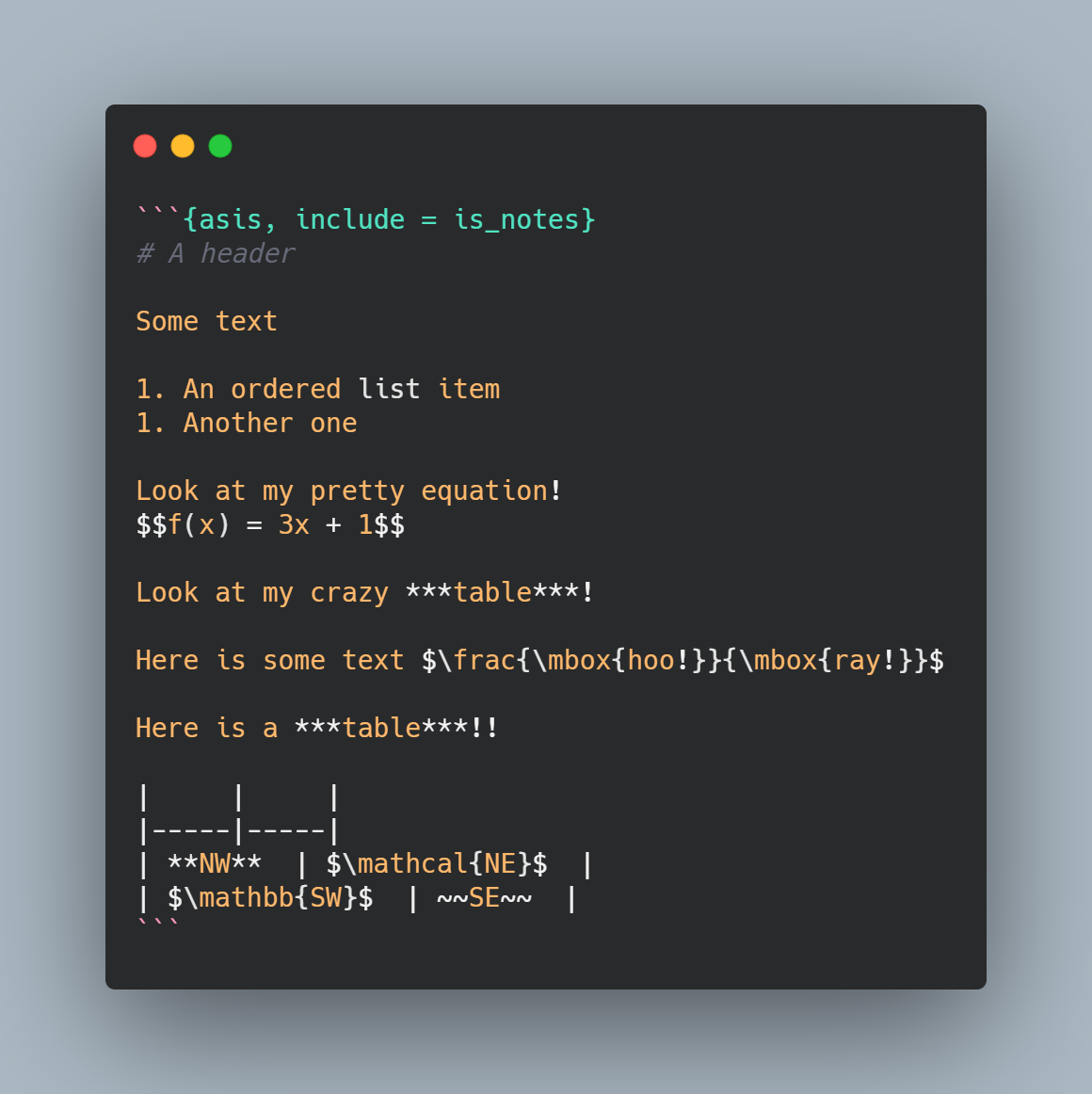Transitioning from Lyx to RMarkdown
Branching like LyX
By Enrico Manalpig in TIL
August 9, 2021
 Healing our land by
Sarrita King. Used with permission.
Healing our land by
Sarrita King. Used with permission.
Background
I’ve been a fan of LaTeX for a long, long time. It’s flexible, light, and it produces beautiful text. When I discovered LyX in graduate school, I thought had found my happy place. In industry, nothing was better for documenting the behavior of financial assets. And, when I started teaching, LyX was my go-to typesetting tool for pretty much everything.
With the rise of Markdown and RMarkdown, though, I’ve grown typeset-curious. RMarkdown is great for adding commentary to my R analyses and, in my opinion, it’s the only way to teach R-centric classes. For classes that don’t require R, I would always go back to LyX.
Why? What’s so great about LyX? Lots! For all the good stuff (read: the math!), writing in LyX is the same as writing in LaTeX. LyX’s “What You See Is What you Mean” philosophy, though, makes your text more readable - you don’t have to interpret your code, you just read it. For all the annoying stuff, LyX just gets it done. Take tables, for example. They’re so annoying to work with in Latex but in LyX, they’re a piece of cake. You want to merge cells or add a couple of borders? Easy. Footnotes, images, definitions, formatting, lists, and referencing - LyX just deals with it. No more annoying syntax errors!
My all time favorite feature of LyX, especially as an instructor, is branches. You can create one branch for student space and another branch for yourself. I can share prompts with students and keep answers and talking points for myself. There’s no repeating yourself - you just put your comments in another branch and you’re good to go. Branches are precision instruments, too. You can just as easily branch a paragraph, a single character, or even single entry in a table if you want to.
At the same time, the incredible people at RStudio keep adding features to their own IDE: RStudio Desktop. It’s arguably the industry standard for anyone working in R. Its community is engaged and enthusiastic so RStudio and RMarkdown are constantly developing and improving and now, gulp, they can do almost everything that LyX+LaTeX can do. Readability? Check! Table support? Check! Lists, images, referencing? Check! Check! Check! 1
So, like a fanatic, I’m holding out because of LyX’s branches. I had briefly looked into parameterising code chunks in R. I know you can evaluate some chunks and not others. And, with the ability to call images from a chunk, RMarkdown is almost almost there. Sure, I could kable a table in a chunk, but I’d have to construct an object first. Meh. And text would be annoying. Short, plain text through paste is fine but how would you pass an equation, a proof, or a table?
As part of my peek into social media, I decided to ask Twitter. I wasn’t sure I’d get a reply, in truth: A few of my past questions fell on deaf ears but when @Kierisi retweeted my question, the internet started talking to me! 😮
Now I know. It’s possible.
First thought
A couple of folks suggested incorporating LaTeX by including a include=knitr::is_latex_output() as a chunk option. This works. It’s a bit clunky and ugly, but it works.
First, you will need to include your branching switch in your YAML. I’ve called mine is_handout.

Then, tell the code chunk you’re toggling to use LaTeX rather than pandoc with an include= option.

The code \\vspace{5cm} inserts a vertical space where students can write. This is LaTeX! Well, sort of. It has an extra backslash so R knows I really mean to insert a backslash.
For instructor notes, we can pass !params$is_handout. Again, we’re writing in plain LaTeX and inserting an additional backslashes every time.

We can do tables, too. Here’s a LaTeX table with a blank in the bottom right cell.

Notice again that, I’ve asked for !params$is_handout, since the answer should only be available to me.
So it’s possible!
I don’t want to say, yet, that RMarkdown can do everything that I did in LyX. Clearly, there are a lot of backspaces. This code is not as readable or as elegant LyX’s method. And it’s not exactly the high precision tool that LyX is: I needed to copy the whole table to insert one letter.
All in all, it’s pretty close! Thank you internet!
For all of these little code snippets together, head over to my GitHub.
Still, even though it’s possible, there’s enough friction that I’m not a 100% sure it’s worth moving over yet.
Second thought
I discovered that there are
other engines that might do what I want. For example, there are exercise and solution engines in bookdown. This might be the way to go but I don’t know bookdown (yet). It’s also not clear whether tables and images will be easy to work with.
The more I think about it, I wonder how hard it would be to create an RMarkdown engine. A code chunk like this would be ideal.

Third thought
I went back to the thread and asked if this engine was possible. I was really worried about this because I was certain the internet wasn’t going to be interested in talking to me anymore. But this morning I got another reply from yoni sidi (@yoniceedee).
How about a chunk option results = "asis"?
This had me very excited. In principle, asis will render the output of the chunk verbatim. So, all we need to do is get the output of the chunk to be markdown. Output… what gives me control over output? Well, cat() and paste() are obvious choices, since they can write anything, but this leaves me in a similar position to the LaTeX approach, where we have to remind R not to escape when it encounters a special characters.
Fourth thought
The asis idea was tantalizingly close! And it reminded me that RStudio ships with an asis engine. Holy moly! That’s it!

This is how you do it, people. Just create a parameter to toggle in your YAML and asis will handle the rest. You can create parameters to customize which chunks are output for instructor, handouts, teaching assistants, and or whatever And it’s so easy!
The only little wrinkle, if you could call it that, is that I don’t think you can embed new R chunks in the asis chunk. So no emoji fonts or calculations, which belong in dedicated R-engine chunks. That might be a little too Inception-y anyway.
Now – finally, after how many years – I feel confident I can, finally transition from LyX to RMarkdown. What a relief.
Thank you kind people of Twitter! 😙 It’s time to start moving things over!
Fifth thought
The asis engine is sooooo great! This is exactly the right way to do this.
I’m enjoying it so much that I wrote a little add-in to so I can assign a keyboard shortcut to it. Now I can write markdown first and later decide which bits to put into chunks to hide or share with a quick ctrl-alt-p. This has really changed my workflow and, for the first time, I feel like I’m actually using R-Studio properly. Want to try it, too? Behold! There’s now a new add-in called “asischunk” in
Dean Attali’s add in list. If you install.packages("addinslist") you can install it from my
GitHub repository.